The Schipperke are a fairly small dog measuring some 10-13 inches in height and weighing between 12 and 18 pounds. They are a little fox like in appearance but obviously somewhat smaller. Their body presents a square like profile, with a proportionate head, sporting flat highly placed triangular shaped ears. Some of this breed are born without tails, and is customary to have the ones born with a tail docked, although in Europe docking is illegal except on medical grounds. They are double coated with the traditional fluffy undercoat and the outer coat being of a harsher feel. Their hair appears like a ruff around their neck, a line of which continues down the back.
History. The Schipperke was first bred by a canal boat captain in Flanders. They are descended from a much larger dog, but deliberately grown small to make them easier to accommodate on canal boats. They used to have several tasks on board the boat from nipping and barking at the horses, to make them pull harder and faster, to killing any vermin on board, and at night would act as a guard dog by barking at any unusual sounds. They do actually also appear to enjoy their time on board the boat. In the late 1800s, they started to become popular in Belgium as household pets. In 1880 one appeared in a dog show and from there on popularity rose and now they may be seen in various places across the world. To this day, some owners still take these dogs out on fishing trips, or for just some time out sailing.
Temperament. This breed is very alert and self-confident along with spirit and being very quick. They are loyal and devoted, to their master and get on exceptionally well with children. They are mischievous and curious, like a friendly little scalawag. Despite their size, they can also make good guard dogs, and they will rarely back down from anything, it also makes them quite a good dog for children, as they will attempt to protect their family from anything. They need to be well socialized, and are easy to train. However, problems have occurred in housebreaking the dog, this can take longer than is normal. As with all dogs you must assert yourself as master over them in a calm but firm manner, behavior problems can occur if the dog feels they are in charge. This dog tends to suffer from anxiety if left alone to too long and can become snappy.
Health issues. There are some health issues, which affect this breed these include hip dysplacia, epilepsy, Progressive retinal atrophy, cataracts, and hypothyroidism, there is also a newly discovered disease named MPS 111B, which can be tested for by the University of Pennsylvania. It is important this dog is correctly fed and not given too much to eat.
Grooming. They do have a great tendency to keep themselves clean. However, regular brushing and combing increases their attractiveness. They should not require bathing too often and when they do it is recommended to use a dry shampoo and not to actually bath the dog.
Living conditions. They naturally get on very well with children, which makes them an ideal household pet. They can live pretty much anywhere but are better off with a small secure area in which to exercise themselves. They are active indoors but as long as they are properly exercised will adapt well to living in an apartment. They get on well with other pets in the household including cats, although the younger they are introduced to other animals the better.

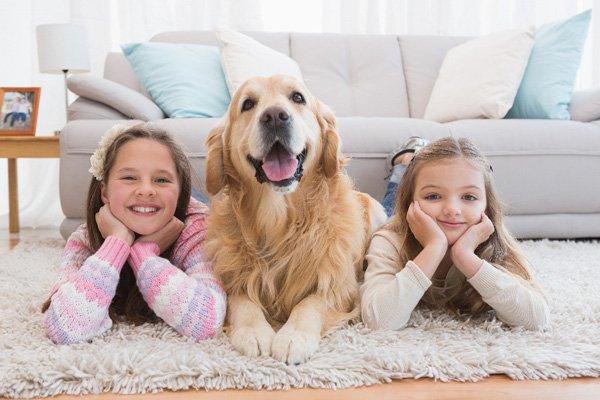 How to take into account creating the best quality Horse fence?
How to take into account creating the best quality Horse fence?
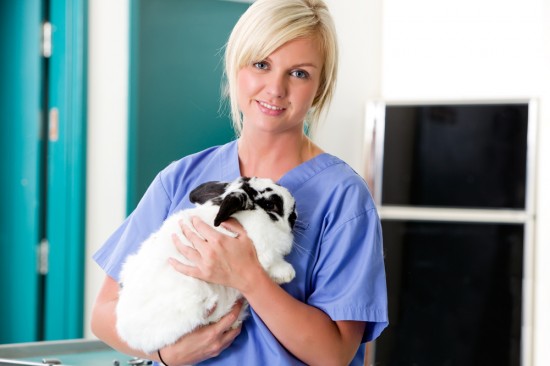 Spaying Or Neutering Your Pet Rabbit
Spaying Or Neutering Your Pet Rabbit
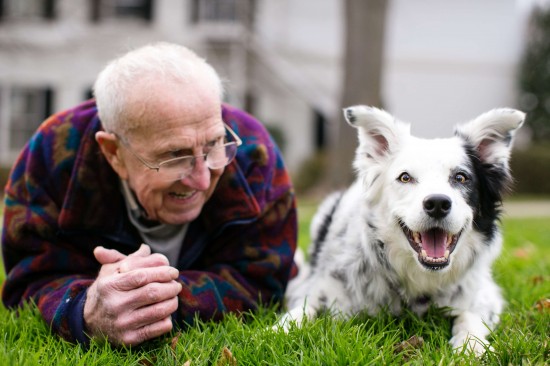 Chaser : The Amazing Border Collie Who Understands 1000 Words & More!
Chaser : The Amazing Border Collie Who Understands 1000 Words & More!
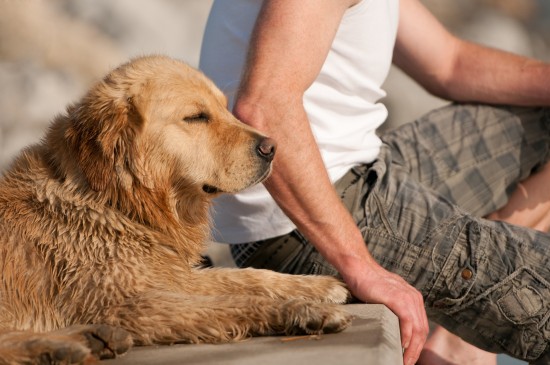 Why Might An Otherwise Good Dog Bite Their Owner?
Why Might An Otherwise Good Dog Bite Their Owner?
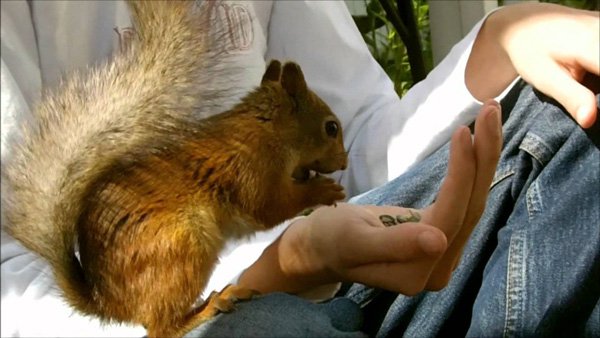 A Glance At The Benefits Of Raw Pet Food
A Glance At The Benefits Of Raw Pet Food
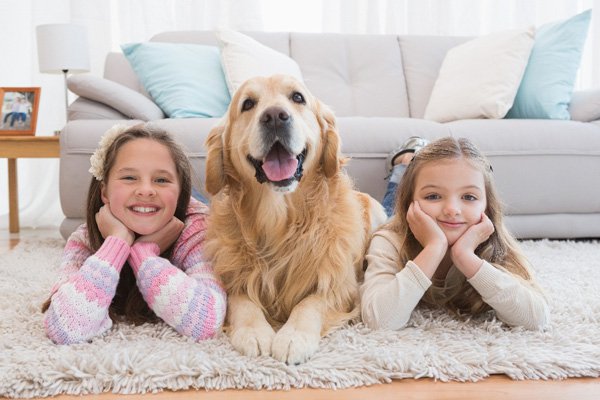 Pet Boarding Chapel Hill: Safe Place for a Pet
Pet Boarding Chapel Hill: Safe Place for a Pet
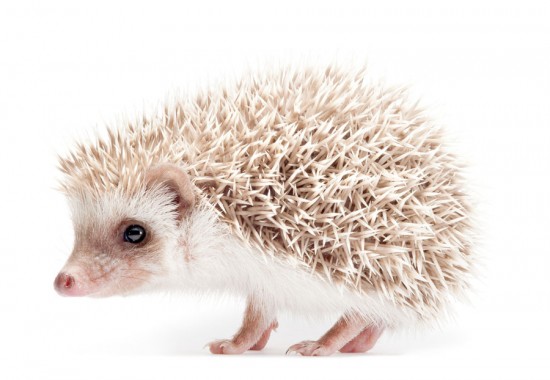 The African Pygmy Hedgehog
The African Pygmy
The African Pygmy Hedgehog
The African Pygmy
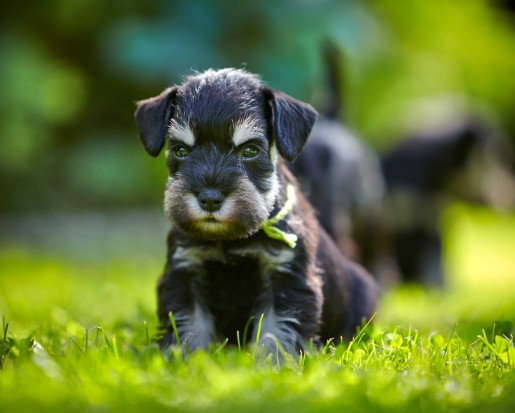 A Basic Insight Into The Common Canine & Feline Uroliths
A Basic Insight I
A Basic Insight Into The Common Canine & Feline Uroliths
A Basic Insight I
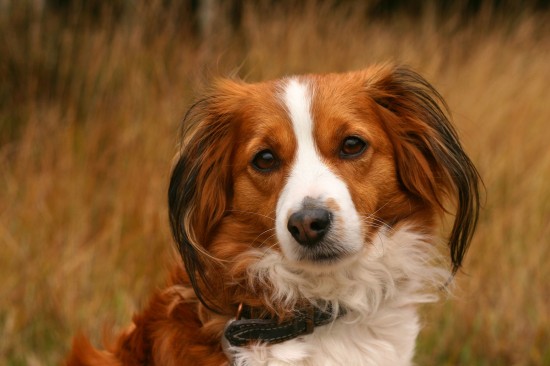 Is The Kooikerhondje A Good Choice Of Pet Dog?
Is The Kooikerhon
Is The Kooikerhondje A Good Choice Of Pet Dog?
Is The Kooikerhon
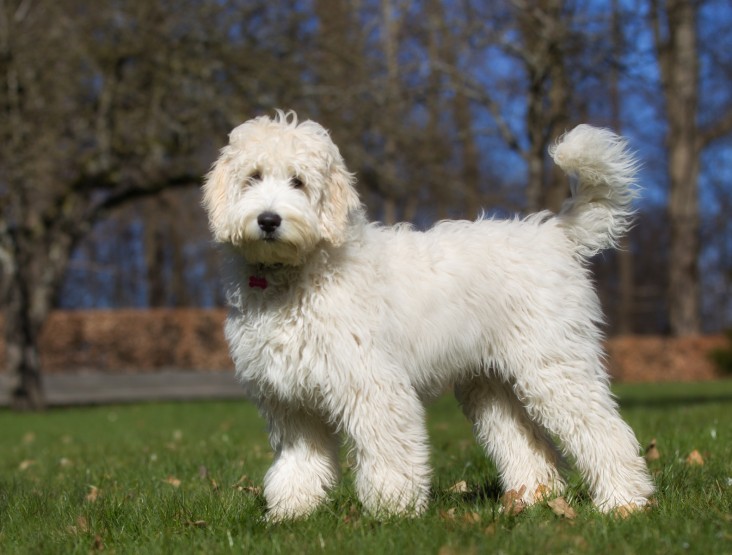 Eight Interesting And Informative Facts About The Labradoodle
Eight Interesting
Eight Interesting And Informative Facts About The Labradoodle
Eight Interesting
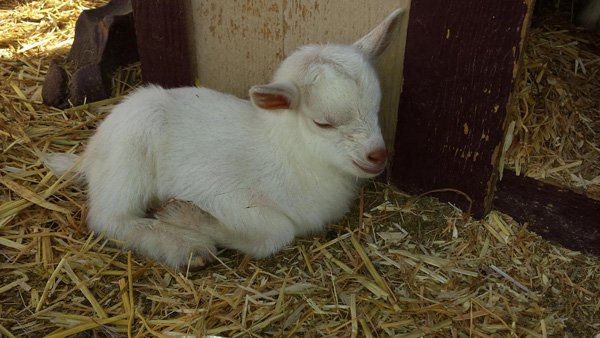 A Combo of Chicken Runs and Coops – The Best for Your Bird Friends
A Combo of Chicken Runs and Coops – The Best for Your Bird
A Combo of Chicken Runs and Coops – The Best for Your Bird Friends
A Combo of Chicken Runs and Coops – The Best for Your Bird